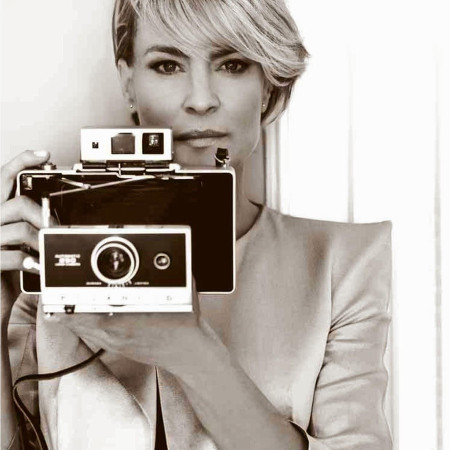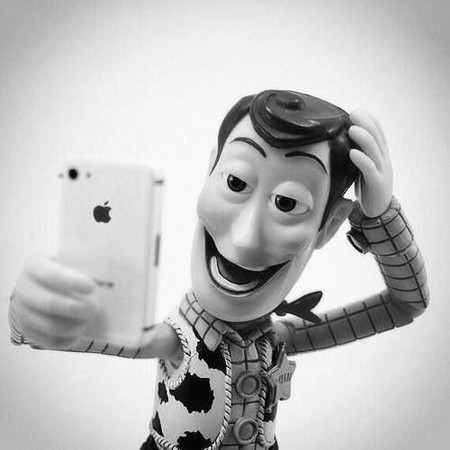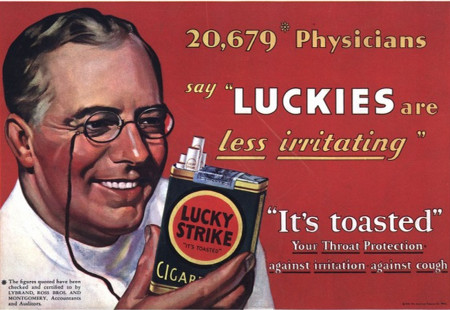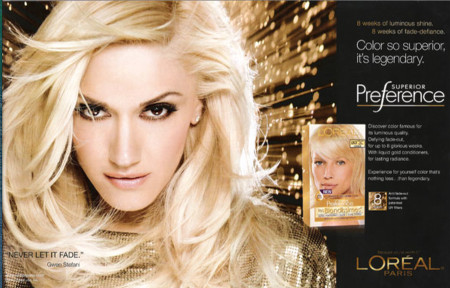Sometimes new clients are sheepish or embarrassed by the desire to use visual aids as part of our consultation-as if it will somehow offend us. It won’t. We promise. If you’ve ever wondered if it’s okay to bring a picture to your hair appointment as inspiration for your stylist, the answer is YES! It’s always a good thing.
Stylists and their clients tend to speak different languages when it comes to hair. We both use a lot of descriptive words like: texture, movement, blunt, sharp, etc. But even though two people say they same word, doesn’t mean they are actually agreeing. A picture is the perfect tool to show what you mean so you can get onto the same page quicker. Let’s think about Lassie: Wouldn’t things have been simplified if Lassie just showed a picture of Timmy stuck in the well?
A picture is a great way to begin a consultation. It opens up the dialogue with a clear starting point, and that sets everyone up for a successful appointment. Even if you have been seeing the same stylist for years, if you’re in the mood for something new, do a little homework before you get to the salon and come armed with a picture.
A PICTURE OF YOURSELF

source: yo dona
This is especially helpful if you’ve had a haircut in the past that you loved. Maybe you’ve had a series of bad haircuts that moved you away from that style, or maybe you’re a style chameleon. But bringing a picture of yourself with a haircut you loved will show us what kind of elements you like seeing on yourself, what kind of styling routine you can handle, and it will give you a chance to show us why it worked for you. That doesn’t mean you have to do the exact same thing, but you should never feel like you can’t use a past picture of yourself for inspiration. Just don’t dig too deep: No yearbook photos, please.
A PICTURE OF A CELEB
Obviously celebrity pictures are great because they are readily available. It takes a little more work on your part to find a picture that’s appropriate for you. Sometimes clients tend to pick a picture because they really just like that picture- it’s less about the hair and more about what the whole thing represents- youth, beauty, and style. Its good to find two or three separate photos (different celebrities even) with the same look you’re trying to capture.
WHAT NOT TO DO
We have to admit, although pictures are highly encouraging, there have been a few follies in the past. Please don’t bring a cartoon character’s picture. Just because Pixar makes animated films look realistic, that doesn’t mean their hair can be created in nature. Wanna know why? Because it’s not real. So stop showing us pictures of Elsa from Frozen, or any other Disney Princesses.
Pictures are an excellent tool for everyone, don’t be scared to use them.







